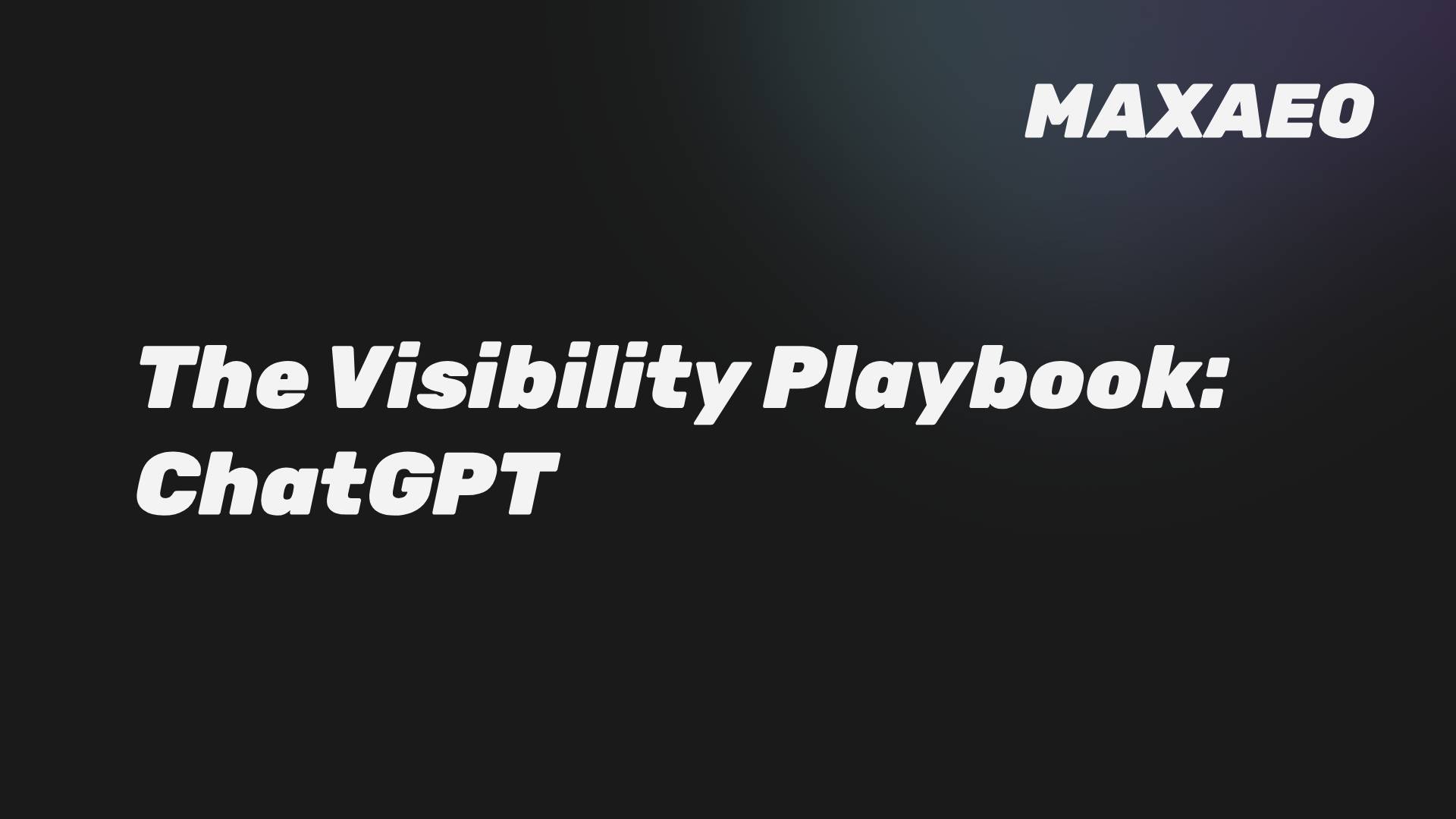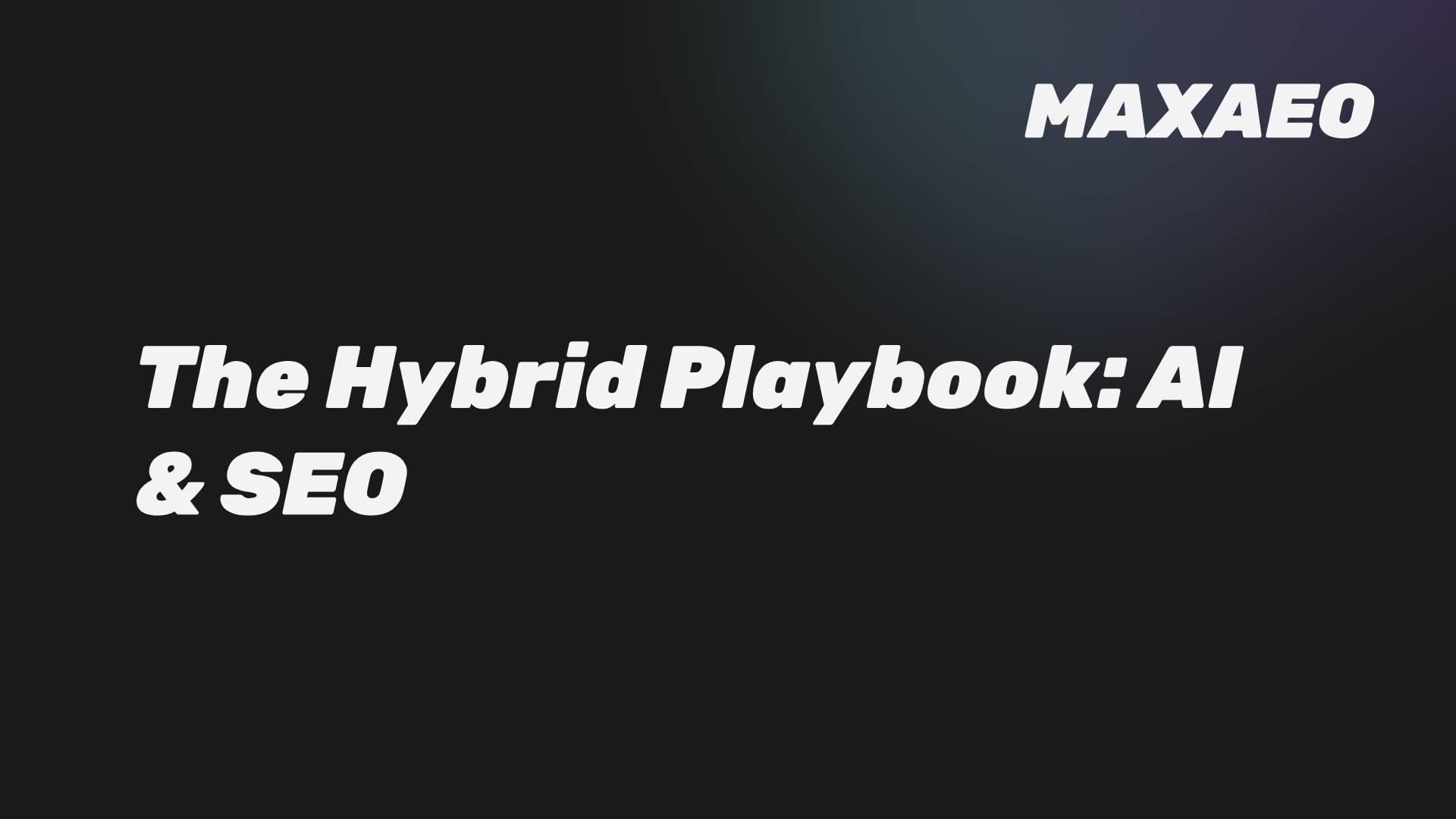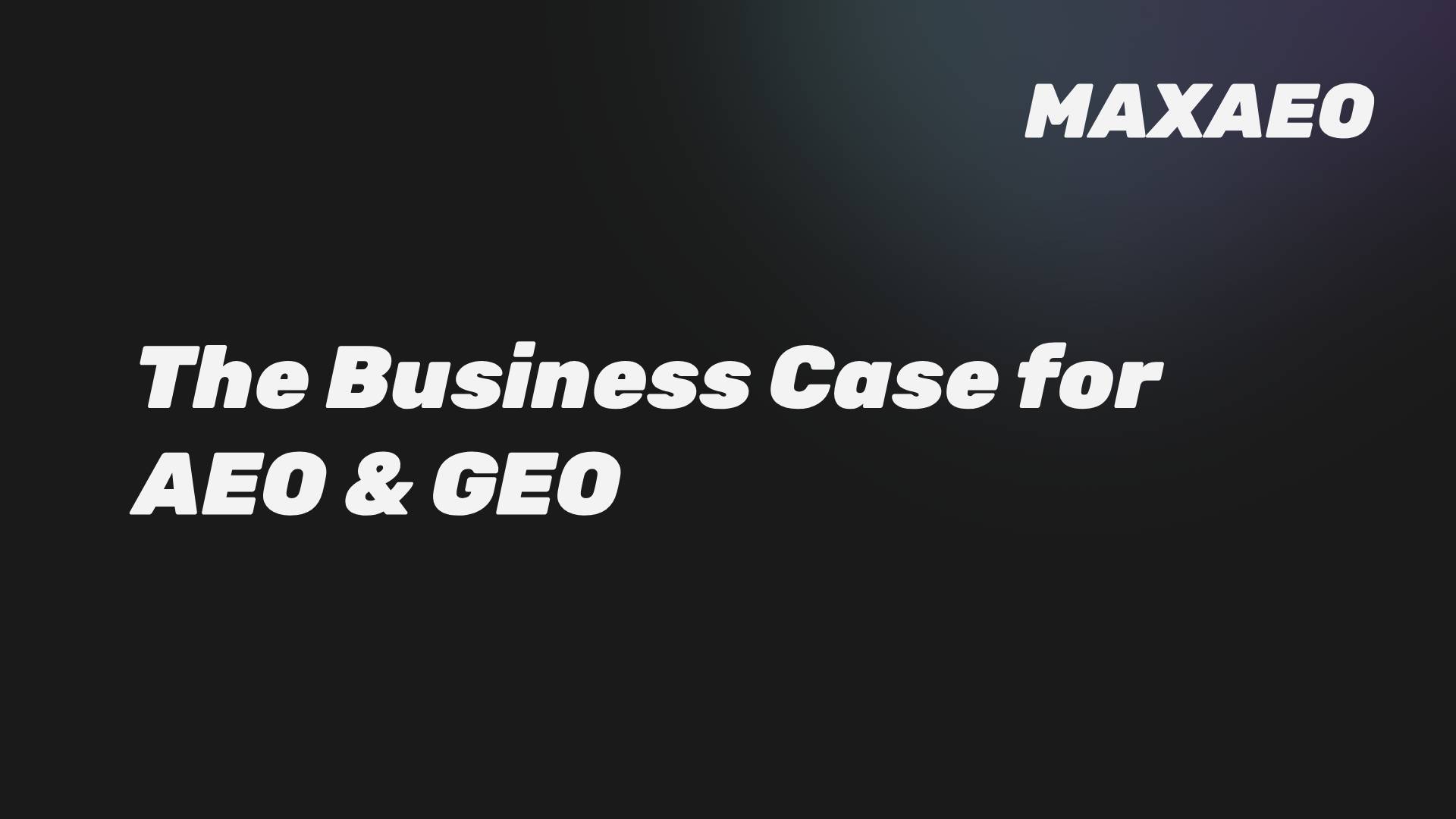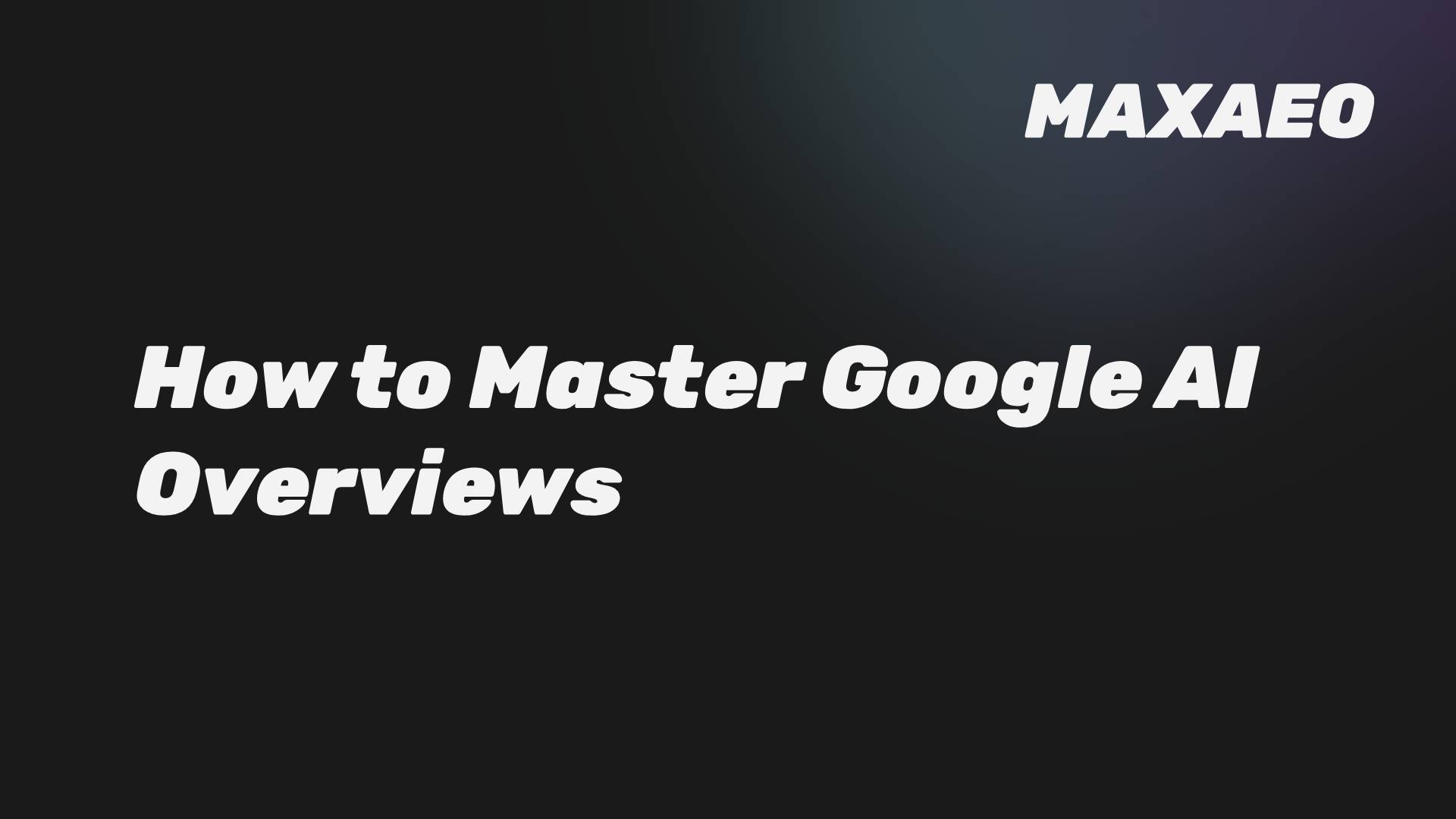· Anton Grant · AI Optimization · 4 min read
The AI Content Audit: A B2B Leader's Guide to Brand Governance
A strategic guide for B2B leaders. Learn how to conduct a continuous AI content audit to manage brand risk, correct misinformation, and ensure your GEO and AEO strategies are effective.

Artificial Intelligence (AI) is now a primary channel for customer interaction, with Gartner predicting that over 70% of B2B interactions will involve AI by 2027. However, these AI models are prone to errors, often presenting outdated or entirely incorrect information about your brand as fact. This creates a significant, unmonitored risk to your reputation and revenue.
This guide provides a strategic framework for a new business imperative: the AI-Ready Content Audit. It is a playbook for B2B leaders who need a systematic process to govern their brand’s narrative, mitigate the risk of misinformation, and ensure their content is building—not eroding—generative trust.
What is an AI-Ready Content Audit?
An AI-Ready Content Audit is a systematic process of continuously monitoring and analyzing your brand’s presence across AI search engines to ensure accurate and positive representation. Unlike a traditional content audit for Search Engine Optimization (SEO), which focuses on keywords and performance, an AI audit focuses on brand governance, factual accuracy, and algorithmic trust.
The primary goal is to answer a critical business question: “Is the AI telling the truth about my brand?”
Why is a Continuous Audit a Strategic Necessity?
A continuous audit is a strategic necessity because AI models are not static. Their answers change based on model updates, real-time data retrieval, and the evolving digital ecosystem. A one-time check is insufficient for managing a dynamic risk.
Ignoring this exposes your business to:
- Brand Misrepresentation: AI can confidently state incorrect facts about your products, pricing, or security, damaging customer trust.
- Lost Revenue: Inaccurate information can steer high-intent buyers directly to your competitors.
- Reputational Damage: Negative sentiment, amplified by an AI, can quickly erode the brand equity you’ve spent years building.
What is the 4-Step Audit Framework?
An effective AI content audit is a repeatable, data-driven process. This framework allows you to move from reactive clean-up to proactive brand governance.
Step 1: Benchmark Your AI Presence
The first step is a comprehensive benchmark. You must understand how your brand is currently represented.
Using a dedicated AI search monitoring tool, you need to track hundreds of business-relevant prompts to establish your baseline for:
- Citations: Is your brand being cited as a source?
- Sentiment: Are the mentions positive, negative, or neutral?
- Accuracy: Is the information factually correct?
- Competitive Share of Voice: Who is the AI citing instead of you?
Step 2: Analyze and Diagnose Inaccuracies
Once you have the data, analyze it to identify the most critical issues. Categorize problems by severity. Is the AI misstating a core product feature, or is it a minor contextual error?
Trace the potential source of the misinformation. Often, the AI is synthesizing outdated information from a third-party review site or an old press release. This diagnosis is key to an effective correction strategy.
Step 3: Execute a Correction Strategy
Correcting AI-generated information requires an indirect approach focused on strengthening your authority signals. For a deep dive, see our guide on Building an Authority Ecosystem.
- Update the Source: If the error originates from your own content, update it immediately.
- Engineer “Snippable” Content: Create clear, fact-dense, and easily extractable content blocks that serve as “snippet bait” for the AI.
- Amplify Correct Information: Use digital PR to seed the correct information on high-authority third-party sites that the AI is known to trust.
Step 4: Monitor and Maintain
An AI audit is not a project; it is an ongoing business function. Continuously monitor your key prompts to verify that your corrections have been effective and to catch new issues as they arise. This creates a feedback loop that allows you to maintain a high level of generative trust over time.
Conclusion: From Content Strategy to Brand Governance
The rise of AI demands that B2B leaders expand their view of content strategy to include brand governance. An AI-Ready Content Audit is the central mechanism for this new responsibility. It is the only way to systematically manage the risks and seize the opportunities of a world where AI is a dominant voice in your market.
By implementing a continuous audit process, you can ensure that the story the AI tells about your brand is the one you want told. You move from being a passive subject of the algorithm to an active architect of your brand’s digital authority.
Your AI strategy shapes your growth trajectory. Let’s start mapping it.



